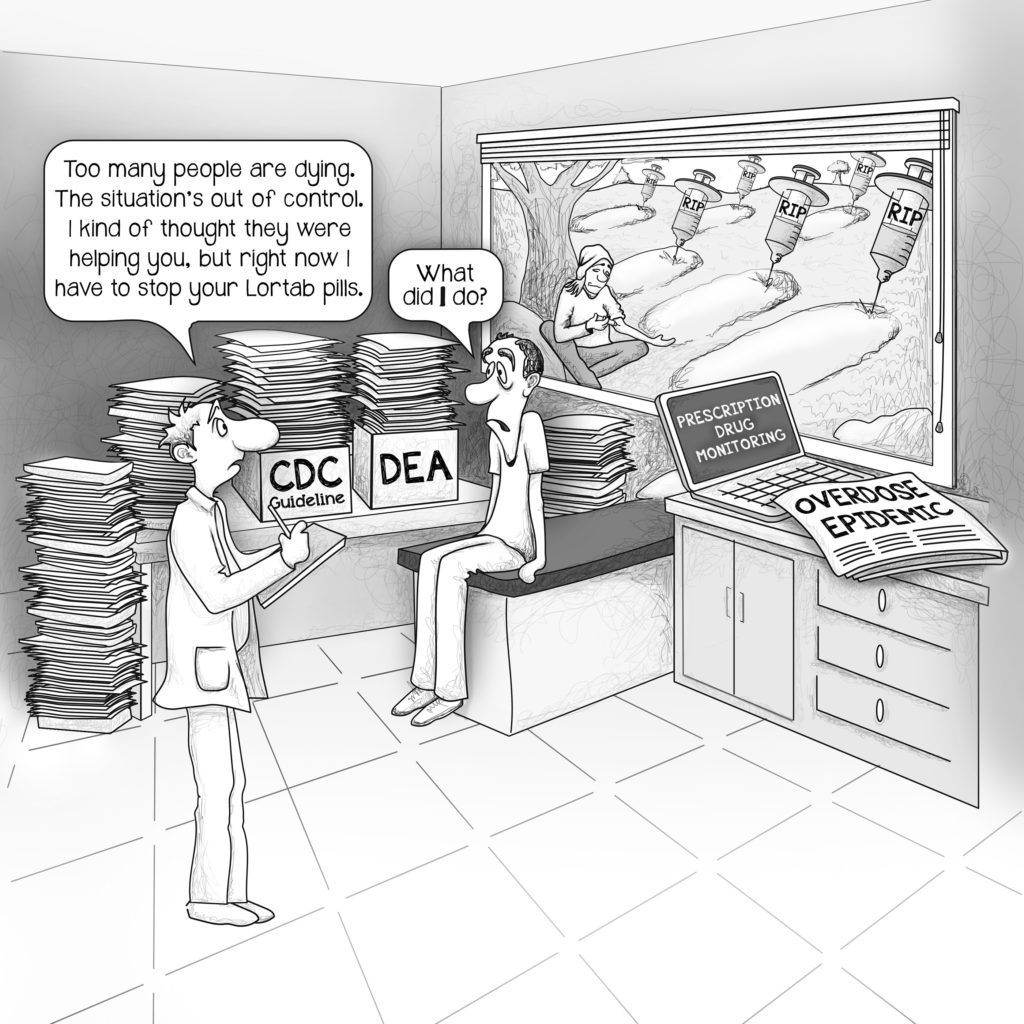We ask authors to describe their impressions regarding the implications of their accepted work, how their findings will change practice, and what is noteworthy about the work.
Monitoring neonatal abstinence syndrome in buprenorphine-exposed in vitro fertilization twins: A case study
Laura Brandt, Patrick Swoboda, Gabriele Fischer, and Annemarie Unger
Substance Abuse Vol. 37 , Iss. 4,2016
This is the first case report on neonatal outcomes of IVF-conceived twins exposed to buprenorphine in utero including NAS course and treatment. In the present case (where no concomitant substance use occurred over month prior to delivery), the NAS treatment duration exceeds that reported for buprenorphine-exposed neonates in previous studies. Of note, the total neonatal morphine dose for both twins far exceeds the average reported by other publications. Considering that the staff in the present case was not blinded with regard to maternal medication and dose or the IVF-status, this may have led to concerns for using a more rapid tapering process. In light of the right of everyone to the enjoyment of the highest attainable standard of physical and mental health, a discussion of the presented case, and especially the treatment course in the neonates, with researchers and practitioners in the field but also with patient ombudsmen might have the potential to improve the human rights situation for such patients.
————————————————————————————————-
Our newly released issue is now online —> October-December 2016.
————————————————————————————————-
